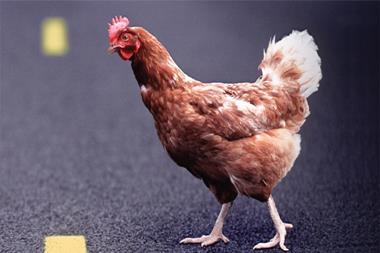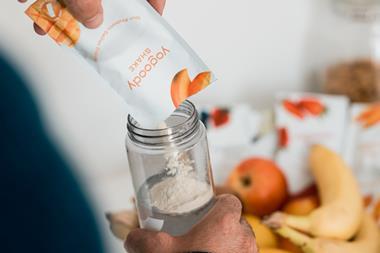Recent Which? research found that 18% of supermarket chickens were contaminated with campylobacter and 17% with listeria. We found contamination across nine supermarkets and all types and servings of chicken we looked at.
While we’ve seen improvements when it comes to contamination, it is still incredible that this is the case. Usual expectations of buying safe food don’t apply here - and for too long, retailers have been complacent.
Tackling campylobacter levels is an FSA priority. Our snapshot survey gives some indication that its work with the industry to bring down levels could be having some effect, although much more still needs to be done.
When the FSA looked at chickens in 2009, 65% were contaminated, although the surveys are not directly comparable. The FSA target with industry is to reduce the birds in the highest of three categories of contamination from 27% in 2009 to 10% by 2015. None of the samples we tested fell into the highest category, suggesting that biosecurity measures now being trialled could be having an effect.
Safe cooking and handling minimises people’s risk, but the onus has too long been on consumers to clean up. Campylobacter has an enormous burden in both health and economic terms with the FSA estimating 371,000 cases in England and Wales in 2009 of which 17,500 were hospitalisations and 88 deaths. Longer-term health effects also have to be taken into account.
The FSA and some parts of the food industry have called for poultry carcase treatments to be allowed in the EU, as they are in the US. Their use in poultry, and the similar debate currently taking place around whether to allow use of lactic acid on beef carcases, raises the question of whether we can expect to buy a natural and fresh product that is safe too.
A Which? survey carried out last year found that the majority of people (82%) thought controls should be in place throughout the supply chain so that chickens aren’t contaminated, rather than trying to clean up at the end. Just one in four were happy for washes or other treatments to be used, even if it meant they were less likely to get food poisoning.
Most people also wanted chicken to be labelled if carcase treatments are used, and 77% thought that supermarkets should ensure that chicken is not contaminated when they sell it.
All possibilities need to be looked at, but at the same time, people’s choices need to be respected and disincentives for tighter controls across the supply chain need to be avoided. With four out of five chickens in our survey free from campylobacter, this shouldn’t be impossible.
Sign in to comment on this article
Not logged in before? Register for FREE guest access today.
You will be able to:
- Read more stories
- Receive daily newsletters
- Comment on stories
Advert



















No comments yet